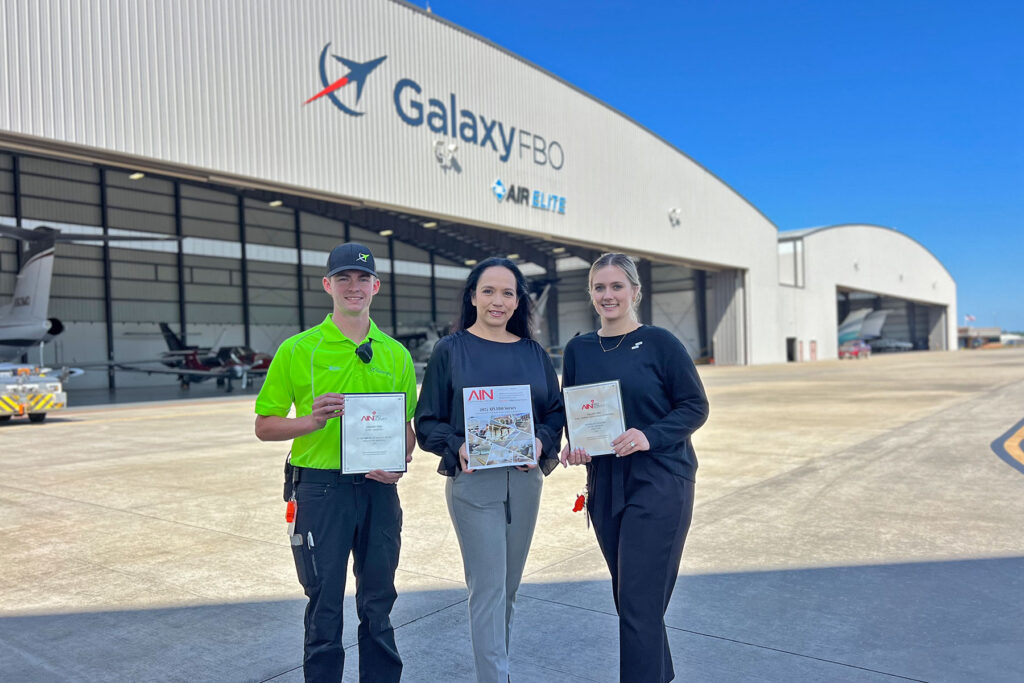The US market will likely have a pilot shortage, over 30,000 regional pilots by 2030s. One factor creating the pilot shortage is the FAA-mandated retirement age. The only way to keep the airline’s flight line staffed is by hiring as many new pilots as those retiring. The issue is even more pressing because many pilots took early retirement during the height of the COVID-19 pandemic. This reduced an already shrinking workforce greatly, and the aviation industry wound up bouncing back quicker than early estimates predicted it would.
It’s now more common for airline pilots to come from a civilian path, paying their way through flight school and becoming commercial pilots. Most will work as a flight instructor while building enough flight time to be eligible for the ATP certificate. Mainline airlines nearly always recruit pilots from these smaller carriers, so the regionals are left scrambling to find new hires. Most pilots consider a position at a regional carrier to be a stepping stone toward a mainline airline, so they’re more than happy to move up if the opportunity presents itself. Retaining pilots is especially difficult for regionals, who must rely on a steady flow of pilots leaving flight school.
Thrust Flight is a proprietary educational institution offering a variety of aviation training courses. Its purpose is to train students to be safe, confident, and disciplined aviators – not just “pilots.” The Thrust career programs are targeted to prepare graduates to gain entry level positions as flight crew personnel and/or flight instructors through education and training that meets or exceeds guidelines as set forth by the Federal Aviation Administration and industry standards. Effective communication and professionalism are stressed in every course offered. Thrust Flight offers extensive education and training in the classroom, in approved flight simulation devices, and in modern aircraft. Instructors are highly qualified professionals fully credentialed by the FAA.
Thrust Flight use fully motion Redbird Simulators and brand new Piper Archers for its Addison and Conroe locations. Each aircraft features full glass cockpits, G-1000 avionics, and air conditioning.
What sets us apart from other flight schools mainly is the culture and atmosphere. Thrust is more of a family where everyone supports and encourages one another. These other pilot factory flight schools are just that, pilot factories that are quite impersonal. There you are just a number and not a member of the family. At Thrust, we spend a ton of time in group ground school settings. Training looks like this…2-3 hours of group ground schooling and 2-3 hours of flying 5-6 days per week. Some days it’s one or the other and some days it’s both. Actually most big box “pilot factory” flight schools send you home with books and materials and it’s mostly self-study so you are on your own. Many of these flight schools don’t seem to care if you pass or fail while Thrust takes an active interest in the success of our students.
Located just north of Dallas, Thrust’s Addison campus is its most popular location with the highest number of students training in an area known for having the most restaurants per capita in the U.S. Its newest Conroe location is the newest addition to Thrust Flight, perfect blend for those seeking versatility in their flight training experience, with a balance of urban amenities and the freedom of open skies for optimal flight practice. Thrust Flight utilizes Galaxy FBO facilities and services in both airports. For a list of all Addison and Conroe based flight schools, click here.







